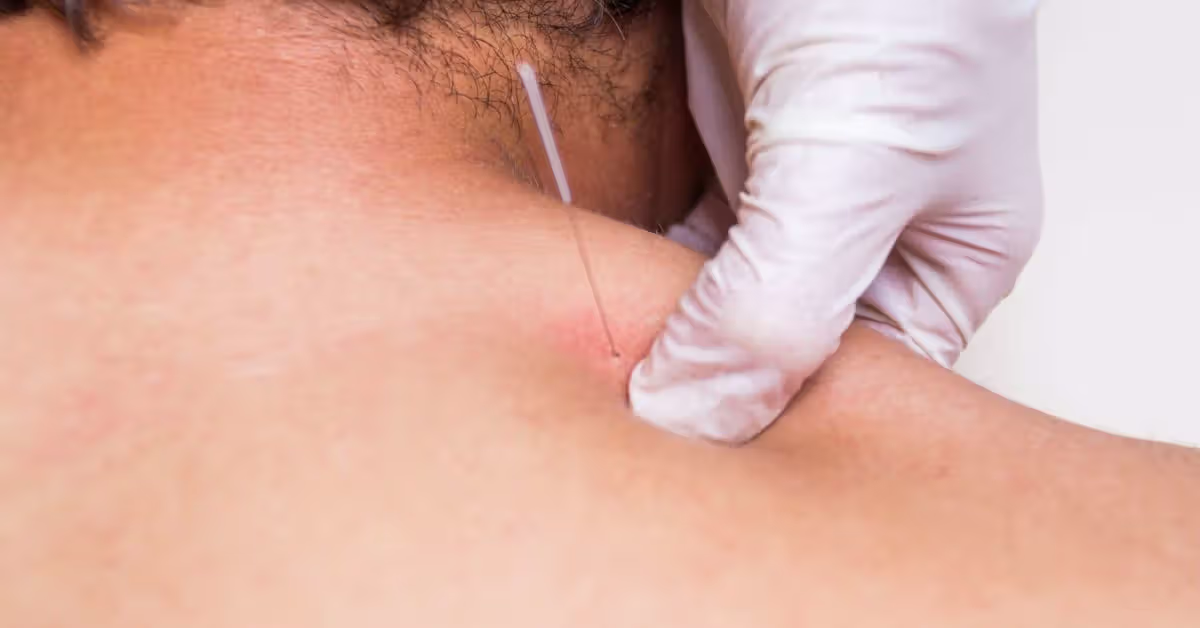Comprehensive Guide to Knee Joint Mobilizations
Knee joint mobilizations are manual therapy techniques employed to alleviate pain, enhance range of motion, and address joint dysfunctions. These interventions involve the application of oscillatory manual forces to the tibiofemoral, proximal tibiofibular, or patellofemoral joints. The direction, position, and hand placement for these mobilizations are tailored to the patient’s specific condition and therapeutic objectives.
Classification of Mobilization Grades: Maitland’s System
Mobilizations are categorized into four grades based on the amplitude of movement and the level of resistance encountered:
Grade I
- Amplitude: Small
- Oscillations: Slow, at the beginning of the joint’s range of motion
- Purpose: Primarily aimed at pain modulation with light pressure
Grade II
- Amplitude: Large
- Oscillations: Slow, within the entire available range of motion
- Purpose: Pain modulation without reaching joint resistance
Grade III
- Amplitude: Large
- Oscillations: Slow, applied from mid to end-range of motion
- Purpose: Increase range of motion and reduce stiffness
Grade IV
- Amplitude: Small
- Oscillations: Slow, at the end-range of motion
- Purpose: Increase joint mobility and reduce stiffness
Grades I and II focus on pain relief, while Grades III and IV are employed to address mobility issues and stiffness.
Indications for Knee Mobilizations
Knee joint mobilizations are beneficial for various conditions, including:
- Post-operative Rehabilitation: Assisting in recovery following knee surgeries.
- Knee Osteoarthritis (OA): Managing symptoms and improving function.
- Pain, Stiffness, and Joint Hypomobility: Addressing discomfort and limited movement.
- Patellofemoral Pain Syndrome (PFPS): Alleviating pain and enhancing knee function.
Evidence of Effectiveness in Knee OA
- Deyle et al., 2000:
- Study Design: Compared manual therapy and exercise with placebo ultrasound in 83 patients.
- Findings: Significant improvements in pain and function, maintained at one-year follow-up.
- Deyle et al., 2005:
- Study Design: Compared manual therapy and exercise with a home exercise program in 134 patients.
- Findings: Both groups improved, but the manual therapy group showed higher satisfaction and reduced medication usage after one year.
- Systematic Review (Weleslassie et al., 2020):
- Study Design: Analyzed 15 RCTs with 704 participants.
- Findings: Demonstrated significant pain reduction and functional improvement in most studies.
Evidence of Effectiveness in PFPS
- Randomized Study on 50 Patients:
- Intervention: Combined patellar mobilization and taping with conventional therapy.
- Findings: Significant pain reduction and improved knee function after 12 sessions.
- Additional Studies:
- Findings: Suggest joint mobilizations may reduce aberrant pain mechanisms and enhance biomechanics, making them an effective adjunct to PFPS management.
Contraindications
Mobilizations should be avoided in the following situations:
- Unhealed fractures near the joint
- Joint replacement (arthroplasty)
- Acute inflammatory or septic arthritis
- Bone infections (osteomyelitis)
- Malignancy or neoplastic disease
- Physiologically unstable joints
Techniques of Knee Mobilization
Tibiofemoral Joint
Resting Position: 25° knee flexion
Treatment Plane: Along the tibial plateau
Stabilization: Femur stabilized
Distraction
- Indication: Pain control, general mobility
- Position:
- Prone Lying: Patient lies face down; thigh stabilized with a belt.
- Supine Lying: Patient lies on back; distraction applied along the tibia.
- Sitting Position: Leg hangs off the table.
- Force Application: Therapist grips just above the malleoli and leans backward to create a distraction force.
Anterior Glide
- Indication: Increase knee extension
- Position:
- Crook lying or prone lying with the knee supported.
- Force Application: Force applied on the posterior tibia to produce anterior motion.
Posterior Glide
- Indication: Increase knee flexion
- Position: Supine lying with knee slightly flexed, supported under the distal femur.
- Force Application: Force applied perpendicular to the tibia in the posterior direction.
Patellofemoral Joint
The patella glides proximally during knee extension and distally during flexion.
Patellar Glides
- Indication: Increase patellar mobility
- Position: Supine with knee slightly flexed
- Force Application:
- Medial glide: Press on the lateral patella.
- Lateral glide: Press on the medial patella.
- Superior glide: Mobilize the patella upward.
- Inferior glide: Mobilize the patella downward.
Rotational Glides
- Indication:
- Internal rotation: Increases knee flexion.
- External rotation: Increases knee extension.
- Position: Supine with knee flexed.
- Force Application: Stabilize the distal femur while applying rotational motion through the foot.
Knee mobilizations are powerful techniques to restore function and alleviate pain. They should be applied judiciously and tailored to the patient’s condition, goals, and physical presentation.
Explore more rehabilitation techniques with over 700+ accredited online courses designed for clinicians.
For a visual demonstration of knee mobilization techniques, you may find the following video helpful:
Sources
Search Results
Knee Mobilisations – Physiopedia
Knee Mobilisations – Physiopedia
Knee | Mobilization Notes: A Rehabilitation Specialist’s Pocket Guide
Biomechanical measures of knee joint mobilization – PMC
AP Joint Mobilisation for Knee Flexion | Tim Keeley | Physio REHAB
Comments118 · Knee Joint Mobilization Technique, In Detail Demonstration Of All Techniques …
Knee Flexion Mobilization – YouTube
Share your videos with friends, family, and the world.
Knee Mobilization (Anterior to Posterior Femur on Tibia Mobilization)
Knee Extension Mobilization | Dorsal Capsule Roll Glide Assessment
http://bit.ly/PTMSK This video shows a couple of ways to assess and mobilize the dorsal capsule …
[PDF] Manual Therapy for Motion Loss at the Knee – CECentral
[PDF] Knee Joint Mobilization – Lippincott
Advance Physical & Aquatic Therapy
Joint Mobilization for Physical Therapy
What Is Patellar Mobilization and How Does It Work? – Verywell Health




